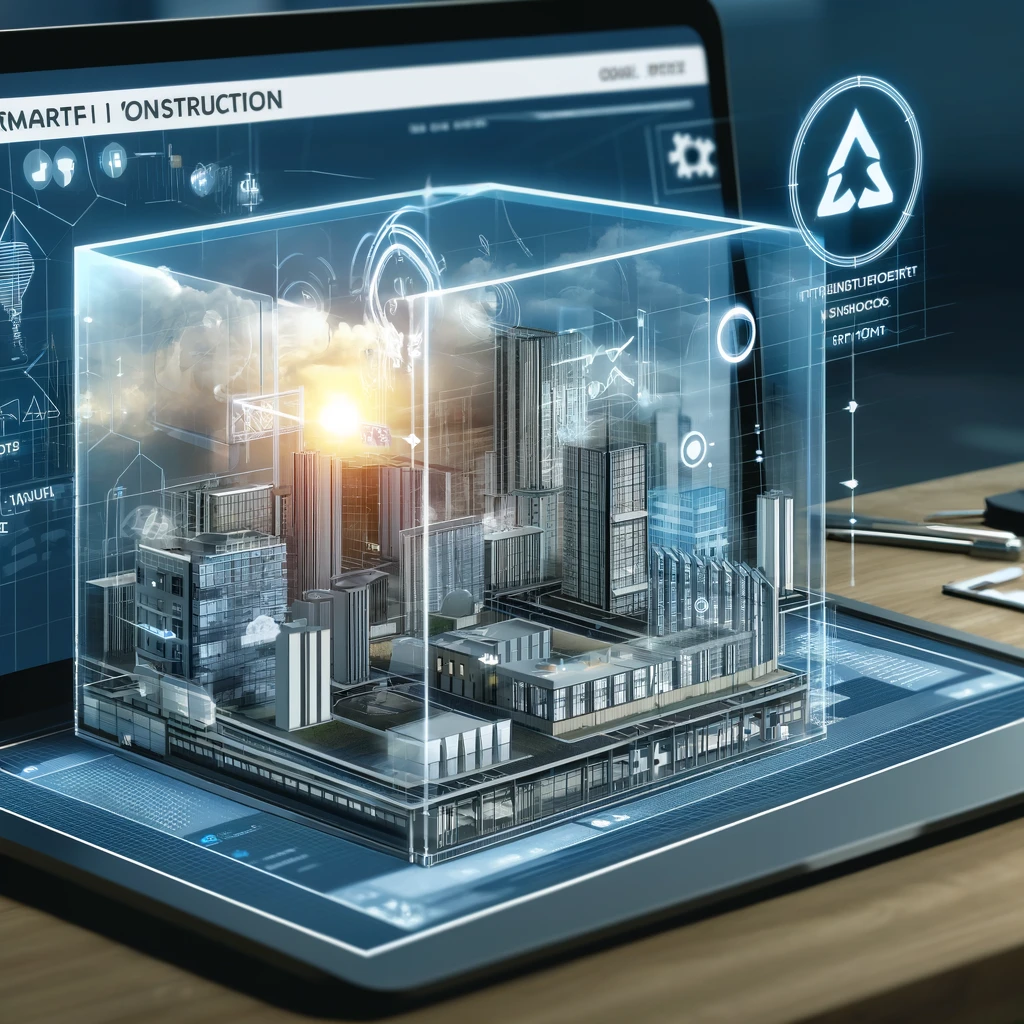Introduction

Hey there! Imagine if your clients could see a finished building project before even a single brick is laid. That’s the power of augmented reality (AR) in construction web design. AR isn’t just for gaming; it’s becoming a game-changer in the construction industry too, enhancing how projects are presented and interacted with online. Let’s explore how you can integrate AR into your construction website to captivate clients and streamline project visualization.
The Benefits of AR in Construction
Enhanced Visualization: AR enables clients to see the potential outcome of a project in real time, superimposed on the real world. This can help in finalizing decisions and adjustments before construction begins, saving time and money.
Increased Engagement: Websites featuring AR experiences tend to see higher engagement rates. Users spend more time interacting with the content, which can lead to higher conversion rates and a memorable brand experience.
AR Use Cases in Construction Web Design
Virtual Tours: Offer virtual tours of planned construction sites or renovations using AR. This allows clients to walk through a proposed development from the comfort of their home or office.
Before and After Visualizations: AR can dynamically show before and after views of renovation projects, providing a vivid comparison and showcasing your company’s capability.
Interactive Models: Let clients interact with different elements, like changing materials or colors in real-time. This hands-on approach can significantly enhance user satisfaction and decision-making.
Developing AR Features for Your Website
Choosing the Right Tools: Tools like ARKit and ARCore can be used to develop AR features. Choose the one that best fits your platform and audience.
Partnering with Developers: AR development can be complex, involving both web development and 3D modeling skills. Partnering with experienced developers can streamline this process and ensure a quality product.
Best Practices for AR in Web Design
User-Friendly Interface: Keep the AR interface simple and intuitive. Don’t overwhelm users with complex controls or navigation.
Performance Optimization: Ensure that AR features do not significantly slow down your site. Optimized AR should load quickly and run smoothly across all devices.
Cross-Platform Compatibility: Your AR features should work consistently whether your clients are on a PC, tablet, or smartphone.
Case Studies
For instance, a construction firm in San Francisco implemented AR on their website allowing clients to visualize future projects on their actual plots using just a tablet. The result was a 40% increase in client engagement and a 25% increase in signed contracts.
Overcoming Challenges
Technical Challenges: Address issues like lighting variations and image stability within the AR environment. Regular testing and updates can help minimize these problems.
User Adoption: Educate your clients on how to use AR features with tutorials or guides to increase adoption rates.
The Future of AR in Construction
As technology progresses, AR is set to become more advanced and more accessible, offering even more interactive and immersive ways to engage clients. Staying ahead of these trends can position your company as an innovative leader in the construction industry.
Conclusion
Augmented reality is transforming the construction industry by enhancing how projects are visualized and presented. By integrating AR into your web design, you not only boost client engagement but also provide a cutting-edge user experience that sets your business apart. Ready to start? The future of construction web design is just a headset away!